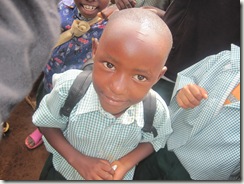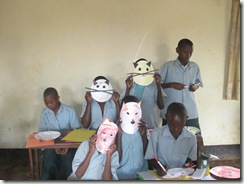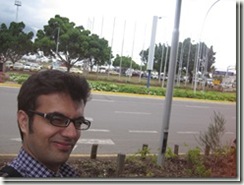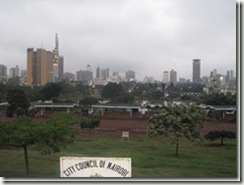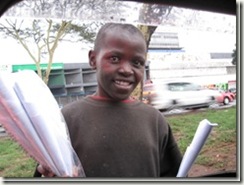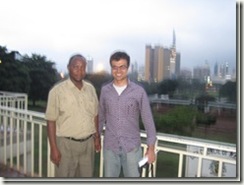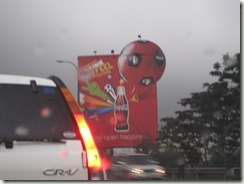Suspending Judgment: Bringing out the Anthropologist in Us
“The purpose of anthropology is to make the world safe for human differences.” – Ruth Benedict
My trip to Rwanda was so much more than service; I was able to learn a lot from this extraordinary society that had gone through so much and was now stronger than ever. The lessons that I learnt from simply observing were meaningful; and as I was talking to this McGill anthropology graduate student, I realized that I was an anthropologist in my own way. Jessika was a courageous person; she came to Rwanda all alone to study the effect of ICT in learning and the role the government can play in it. What makes her even more courageous was that she was completely uncertain of what the future would hold; she had not received a visa that gave her the license to do her study, she knew barely anyone in the country and more importantly, she was pursuing a career that did not guarantee her any kind of job security. Yet, she was visibly happy with what she was doing, and was a tremendous support to all of us.
student, I realized that I was an anthropologist in my own way. Jessika was a courageous person; she came to Rwanda all alone to study the effect of ICT in learning and the role the government can play in it. What makes her even more courageous was that she was completely uncertain of what the future would hold; she had not received a visa that gave her the license to do her study, she knew barely anyone in the country and more importantly, she was pursuing a career that did not guarantee her any kind of job security. Yet, she was visibly happy with what she was doing, and was a tremendous support to all of us.
During our conversation, she was telling me that the purpose of anthropology was bridging the gaps between “stereotypes and people”, which leads to explanations that can “open people’s eyes.” To do that, she has to firstly suspend any kind of judgment (which is probably the hardest thing to do!) and become a first hand observer.

Some of the names of the victims of Rwandan Genocide at the Memorial we visited. Photo by Joshua Debner
What she had taught just helped me articulate my thoughts on Rwanda. However, what I was unable to do was to suspend my judgment, as I was exposed to so much negative media about the African continent. The images of an underdeveloped, uncivilized and poverty stricken Africa is all i saw before visiting Rwanda. When I got there, I saw probably the best display of civility I have seen. The roads were very clean, and I had barely seen any kind of littering. Crime was almost non-existent and I felt very safe there. However, what completely astonished me was that the society was so ordered; people were busy doing their set tasks, and one could see that everyone on the streets had a purpose. The people were very friendly and well mannered, and everyone dealt with us very professionally. I think Pakistanis can learn a lot from the Rwandan People, particularly how they rose from the tragic genocide that appeared to have devastated the country irreparably.
Our global leaders need to do the same. When applying a certain policy and when dealing internationally, they need to suspend their judgments and make an effort to base these judgments on first hand interactions. This could in fact be a solution to world peace; because not only can we appreciate and understand differences, we realize the similarities in our humanities. If politicians were anthropologists, they could perhaps prevent wars that are based on human differences.
Anthropology could also enable learning; I myself have been wondering how there could be so much peace in a country that saw so much violence and devastation in he past. Pakistan is going through a similar phase, where it is not only battling with terrorism, but also suffering from inter-sect wars, which is probably our own version of the Hutu-Tutsi war. I wish to do more research into how this problem was possibly solved. Once I am done, I’ll be sure to dedicate a blog post on that.

